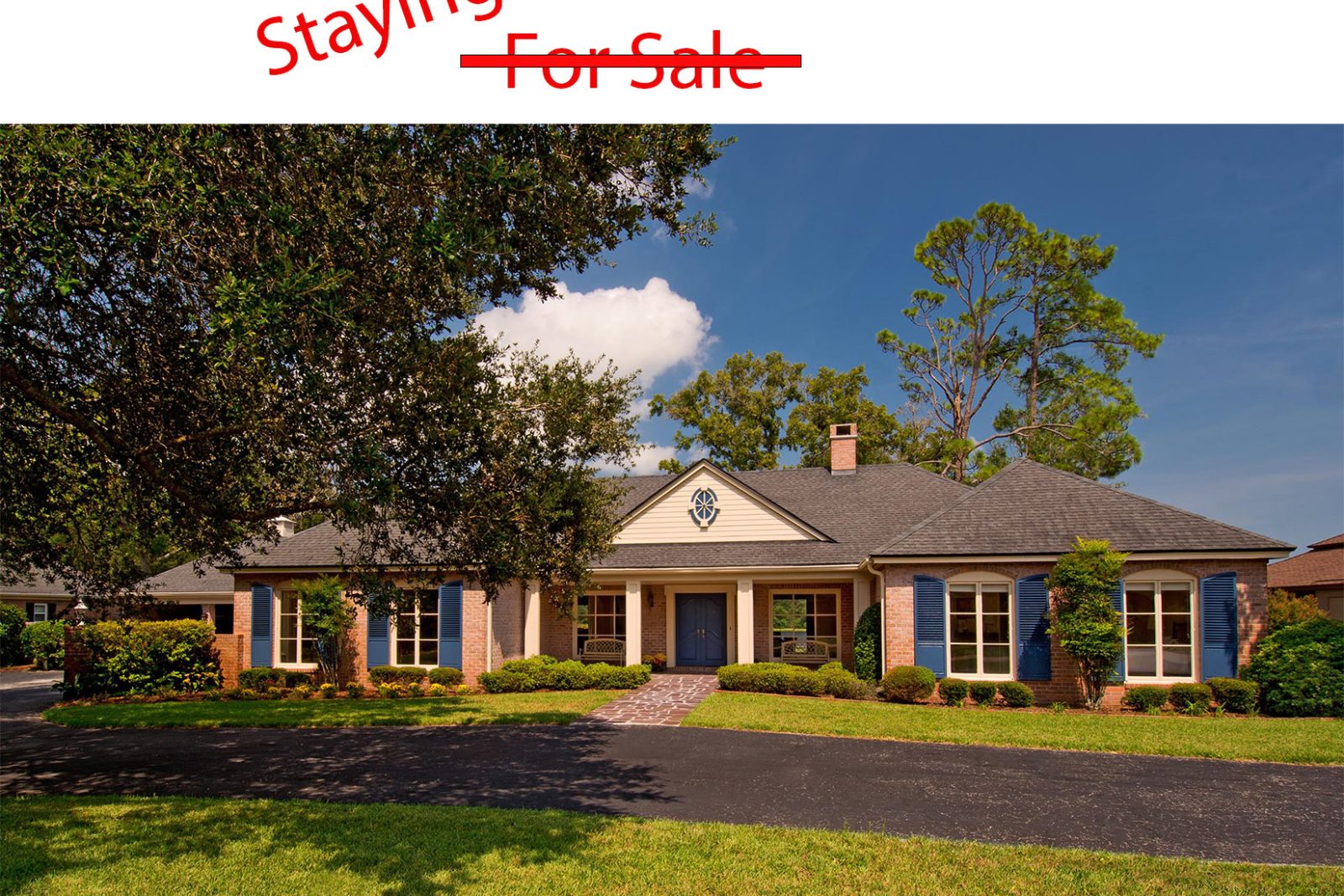It looks like the housing market might be stuck. When you dig deeper, however, it’s the resale housing market that’s stuck. 61% of existing mortgages are below a 4% interest rate. Those with these great rates don’t want to budge and give up their great rate. Initially, this was good news for new construction because it meant there was less competition. But that is not enough. Many of these low interest mortgage holders are pent up move-up or move-down buyers: Buyers the new home industry would love to capture. This has resulted in a stubborn gridlock.
So, how do we convince these homeowners to make the move? Many builders are offering incentives and mortgage rate buy downs. Is that enough? Are there triggers that will make buyers wake up from this market slumber? I believe there are changes in the product we build that will make buyers discover their current houses are obsolete.
Plans that match our current lifestyle
While they may be enjoying a low mortgage rate, their older house may be more of an obstacle to work around the way they want to live. I believe there are several key factors that new home construction should include.
Work From Home
Ever since the pandemic, many have gotten used to working from home in some capacity. They love not having to spend the time and dollars needed to commute to work five days a week. But does their existing home adequately accommodate their work from home needs? With so many dual income families, does their existing home adequately accommodate two workers? I am one who discovered that having two working adults in one house has its challenges. We both need our space to spread out. And we both need acoustical separate for video conferencing. Do your new homes provide two acoustically private work from home spaces?
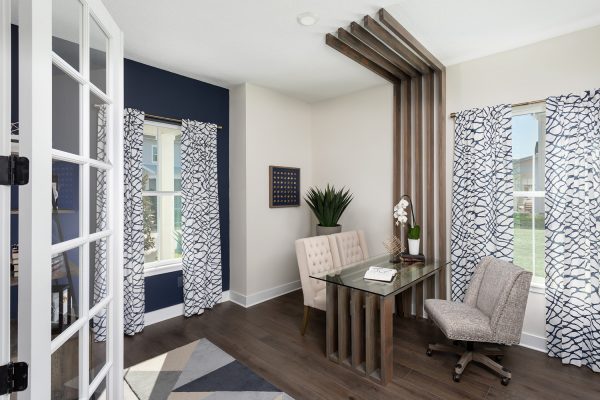
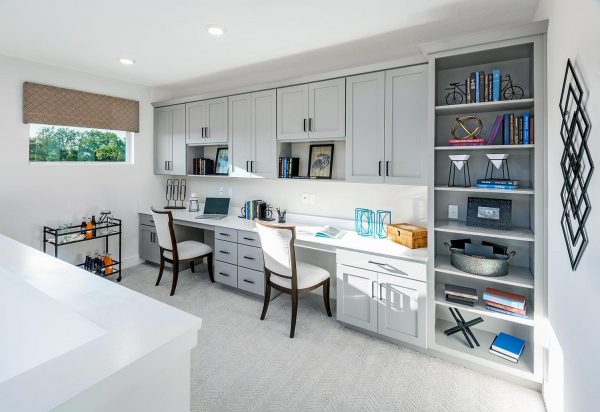
Pet provisions

Pet ownership in this country has been growing for decades, and it exploded post-2020. These creatures have gone from simply pets to companions for life’s adventures. Pet ownership spans all markets from first time buyers, to families, and to empty-nesters whose pets have become their surrogate kids or grandkids. Is your house designed for pets? Maybe it is the dog shower in the laundry room or the garage.
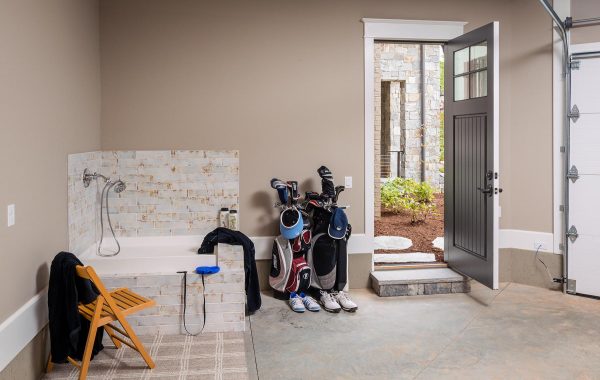
What about a place under the stairs to hold the dog’s crate or kennel? Don’t forget a hidden area for that stinky cat pan.
Parcel Delivery Vestibule
Since the pandemic, home deliveries have more than tripled. Deliveries have expanded from parcel deliveries like Amazon and UPS to include meals and groceries. Anyone who has had a package stolen off their front porch would appreciate this feature. It’s cold now, but think about getting groceries delivered in the summer. Image having your groceries delivered to a conditioned space where their ice cream won’t melt and the salmon filet won’t spoil if they were stuck in traffic.
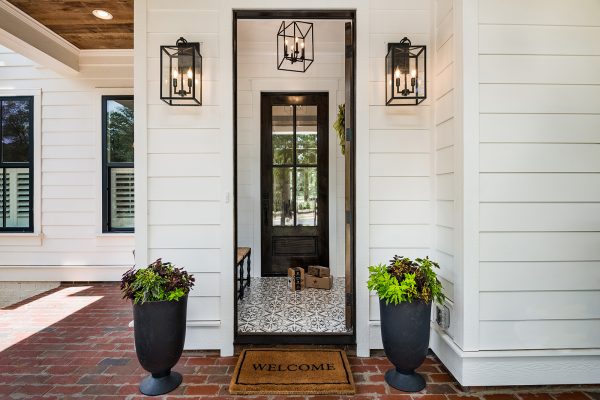
Our Kitchens have a Drinking Problem
Let’s face it. Older homes have obsolete kitchens. Sure, slapping on new countertops and adding new appliances might help with resale, but it won’t fix the layout problem that most kitchens suffer from. Even today, the design of our kitchens is evolving to include features that reflect how we live. This includes making accommodation for two refrigerators. One for beverages and one for food.
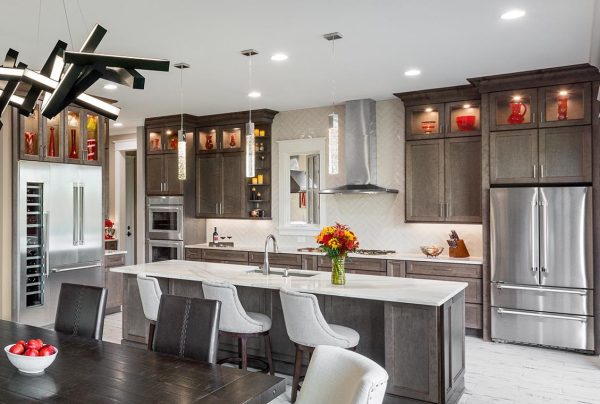
Older homes may have a second refrigerator, but it was an after-market add-on – which means the second refrigerator is in the garage or the basement.
The Messy Kitchen
Let’s also consider that our kitchens have been transformed from utilitarian chore rooms to entertainment spaces. But they still need to function. A high-functioning kitchen today includes a whole host of time saving gadgets like coffee makers, juicers, blenders, toasters, and air fryers. Having to store these time-saving devices takes time. The Messy Kitchen, an alcove off the main kitchen, solves this dilemma by allowing us to use and keep these counter-cluttering gadgets convenient and out of sight.
Lessen the Impact of Higher Interest Rates
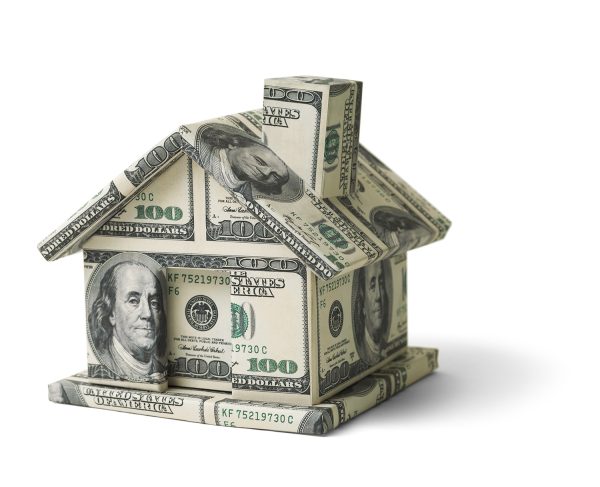
Mega Pixel/Shutterstock.com
Perhaps one way to combat the expense of higher interest rates is to demonstrate that new homes cost less to own and operate. New homes and their appliances and lighting fixtures are more energy efficient. This means lower utility bills. Once interest rates come down, homeowners can refinance. I haven’t heard of that option when it comes to utility costs. The upkeep and maintenance on new homes is less for big ticket items like roofs, appliances, HVAC equipment and water heaters. They also cost less to ensure. And with gas prices and auto insurance, the ability to work from home even a couple days a week can start to counter the impact of those interest rates.
Home That Are Future Focused
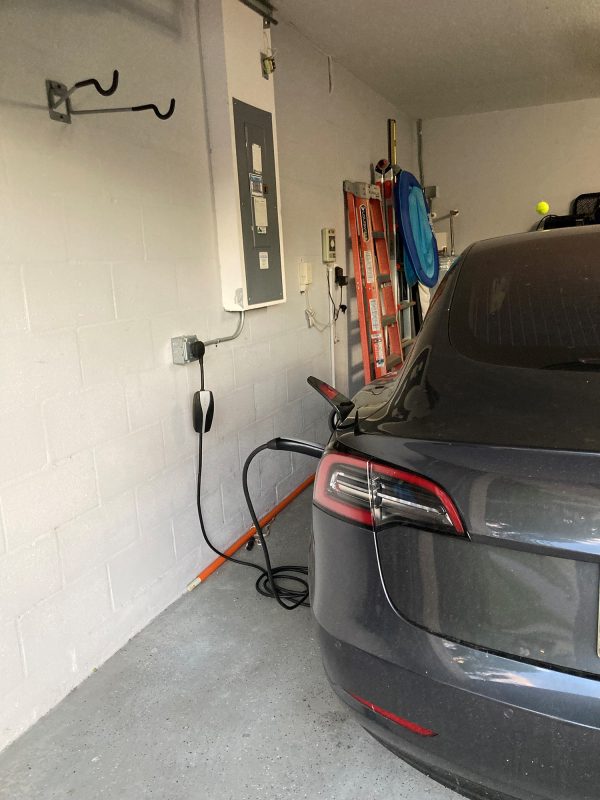
In reality, many buyers won’t be selecting every option – but that doesn’t mean they won’t want those options down the road. With a little bit of planning, we can include the ability to add some of these features seamlessly when they’re ready. In 55+ housing, this means backing for grab bars in the bathrooms. But what about an electrical panel that can work with a future generator or solar panels? How about outlets in the garage for electric vehicles? Heck – you could just start with bedside charging.
Include it and Market It
Let’s face it, a good number of homeowners are only living in their houses because of interest rates and not because it’s their dream home. This is creating pent-up demand and a growing pool of potential new home buyers. At some point (hopefully sooner rather than later), rates will come down and buyers that have waited on the sidelines will flood the market. The last thing the housing industry wants is to be caught unprepared for that wave. Now is the time to refresh or replace our aging houses with compelling designs that improve our lives.
Categorized in: Uncategorized
This post was written by Housing Design Matters


